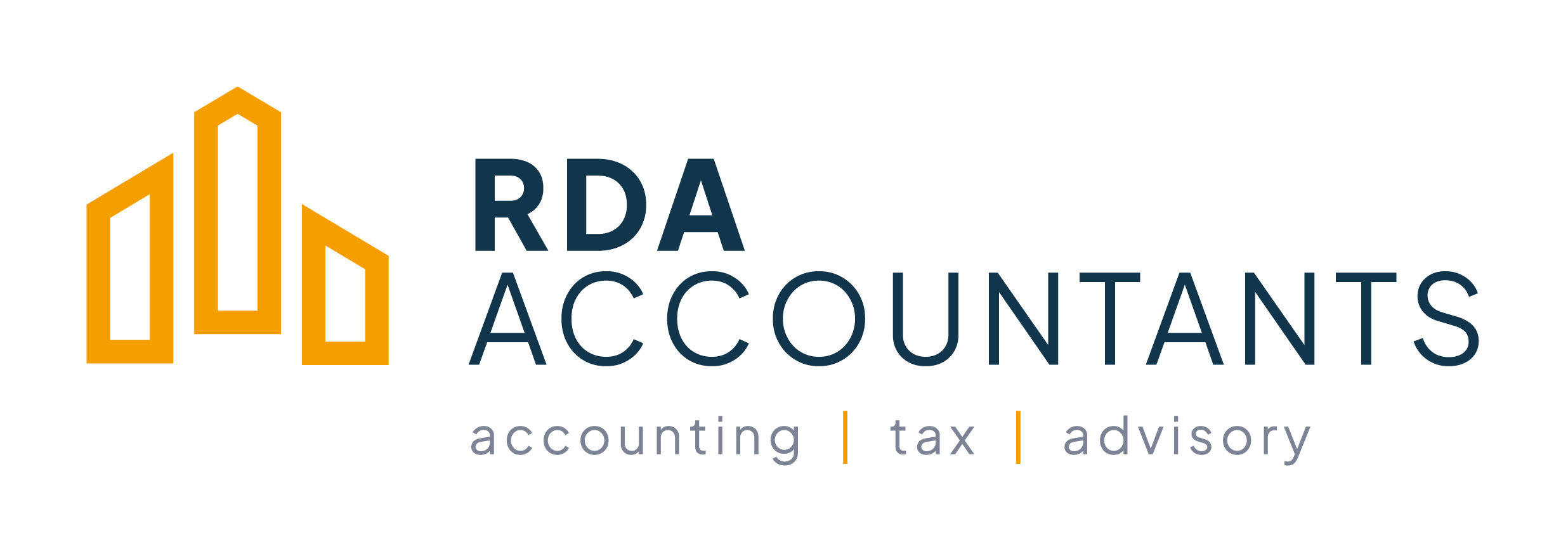Streamlining Complexity: Effective Management of Partnership and Capital Accounts in Medical Practices
Managing partnership and capital accounts in a medical practice can indeed be complex, but with the right approach, you can effectively address this challenge. Here are key steps to ensure these aspects are handled efficiently and accurately:
- Clear Partnership Agreement:
Start with a comprehensive partnership agreement. This document should detail how profits, losses, and capital contributions are handled. It should also cover what happens when a partner joins or leaves, retirement provisions, and dispute resolution mechanisms. - Regular Financial Reviews:
Conduct regular financial reviews to monitor the health of the practice. This includes reviewing the capital accounts, ensuring contributions and distributions are accurately recorded, and assessing the financial performance of the practice. - Transparent Record-Keeping:
Maintain clear and transparent records of all financial transactions, especially those related to partner contributions, withdrawals, and profit-sharing. Utilise reliable accounting software to streamline this process. - Effective Communication:
Ensure regular and clear communication among partners about financial matters. This includes discussing and agreeing upon major financial decisions and changes in the partnership structure. - Tax Planning and Compliance:
Stay informed about tax laws and regulations that affect partnership and capital accounts. Engage a tax professional or accountant specialising in medical practices to ensure compliance and optimise tax strategies. - Capital Account Reconciliation:
Regularly reconcile capital accounts to ensure they accurately reflect each partner's equity in the practice. This is vital for understanding the financial position of each partner in relation to the practice. - Plan for Contingencies:
Have a contingency plan for unexpected events such as the sudden departure of a partner or significant changes in the practice’s financial situation. This should include how to handle outstanding debts, patient care continuity, and staff management. - Succession Planning:
Develop a succession plan for partners who are retiring or leaving the practice. This should outline how their capital account will be settled, including timelines and payment structures. - Professional Advice and Support:
Regularly consult with legal and financial advisors who understand the nuances of medical practices. They can provide invaluable advice on managing partnership and capital accounts, as well as on general business and financial planning. - Regular Partner Meetings:
Hold regular meetings with all partners to discuss and review the financial state of the practice, including capital accounts. This ensures everyone is on the same page and any issues are addressed promptly.
By implementing these strategies, you can effectively manage the complexities of partnership and capital accounts in your medical practice, ensuring financial stability and clarity for all partners.
At RDA Accountants, we offer expert advice and support tailored to the unique needs of medical practices. We can assist you in setting up efficient systems and provide ongoing guidance to manage these critical aspects of your practice effectively. Contact us today to find out more about hoe we can help.


.png?height=200&name=Entrepreneurial%20Relief%20(5).png)

-1.png?height=200&name=Wexford%20(5)-1.png)